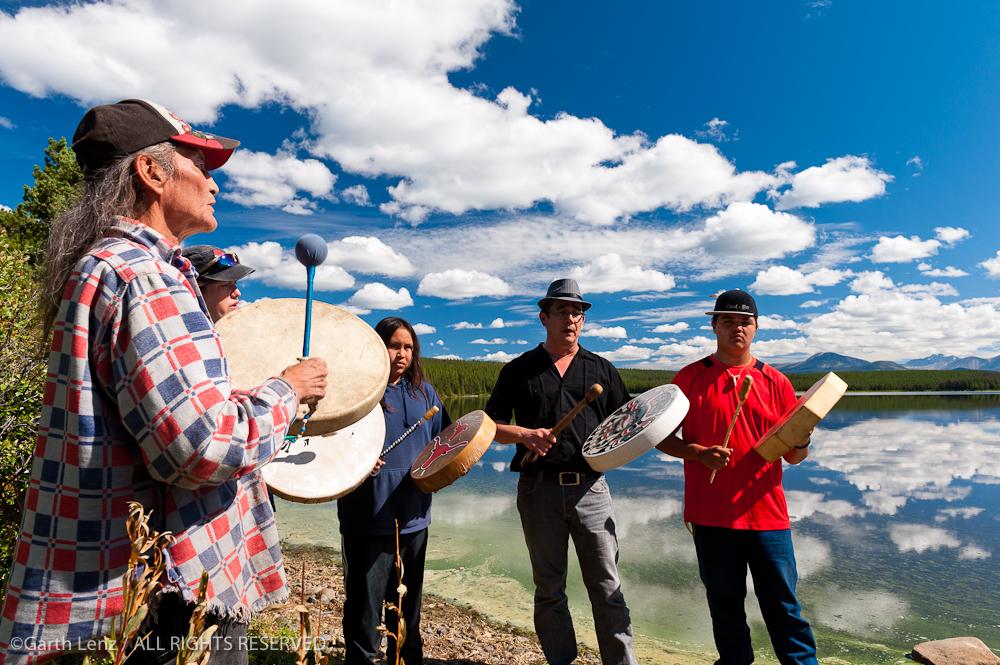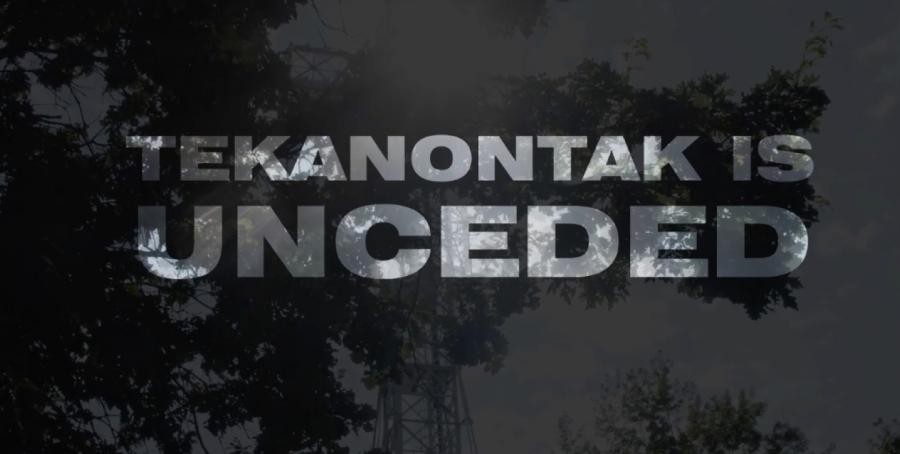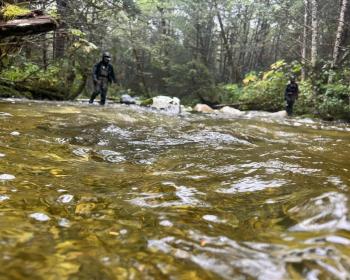
The Federal Environmental Review Panel that will decide on the fate of the “New Prosperity” Mine in British Columbia, Canada came to a close at the end of August after 63 days of intense testimony. The panel was attended by members of the Tsilhqot’in Nation, including youth, elders, chiefs, and spiritual leaders from across British Columbia. Roger William, Chief at Xeni Gwet'in First Nations Government, attended every single session, including ten sessions that took place at site visits in the Tsilhqot’in territory, where every single one of the presenters spoke in opposition to the mine. He describes their testimonies:
“Elders and youth explained how the Teztan Biny (Fish Lake) and Yanah Biny (Little Fish Lake) areas are actively used as prime hunting and trapping grounds, as a gathering area for powerful medicines and foods, as a cultural school, as a place for community gatherings, and for cultural and spiritual ceremonies. This is one of the last intact areas in our territory, one of the last refuges for our culture. Many of our members were born and raised on the lands that would be destroyed for this mine. This is our “home” in every sense of that word.”
[[{"fid":"61960","view_mode":"media_original","type":"media","attributes":{"height":720,"width":960,"style":"width: 500px; height: 375px;","class":"media-element file-media-original"}}]]Panel Hearings Day #1 in Xeni: Youth Sierra William, Sheneya Setah Alphonse and Nevada Billy performed drum song and presented to Panel. Photo by Roger William via Fish Lake Teztan Biny Facebook page.
During the technical sessions the federal panel heard concerns from experts from six different federal and provincial departments about the quality of work done by Taseko Mines in preparing its environmental impact statement. Environment Canada, Natural Resources Canada, Department of Fisheries and Oceans, Ministry of Energy and Mines, Ministry of Environment, and the B.C. Ministry of Environment all presented their conclusions that Taskeo’s New Prosperity mine would have adverse effects on the environment. Some highlights of their conclusions: (read a more detailed summary here)
- Taseko’s plan for re-circulating water to keep Fish Lake alive as an “aquarium” is unfounded and unreliable at that scale.
- Waste seepage would be 11 times higher than Taseko’s Environmental Impact Assessment admitted.
- Water quality limits for many heavy metals will be exceeded in areas surrounding the mine, including aluminum, mercury, and arsenic among many others, making aquatic life unsustainable.
- Financial burden of water treatment was not properly anticipated in Taseko’s budget and would be a major burden to BC taxpayers, ministry of Energy and Mines, calling into question the economic viability of the project.
- Environmental risks would not only affect Fish Lake and Little Fish Lake, but also surrounding rivers and other nearby lakes.
Meanwhile, in a last-ditch effort to sway public opinion, President of Taseko Mines Ltd., Russ Hallbauer, argued in a September 2nd Op-Ed in the Vancouver Sun that the overwhelming First Nations’ opposition to its controversial New Prosperity mine proposal is the result of “misinformed testimony by special interests,” in his characteristic dismissive style of First Nations' rights.
In a response published the following week, Chief Roger William blasted Hallbauer: “This position is insulting, inaccurate and yet another example of the company’s refusal to hear the voices of our people or acknowledge the very real impacts this mine would have for our communities and our Tsilhqot’in way of life.”
“Our commitment to preserving this area is not based on “misinformation”. It is something that our people feel in their blood. It beats in our hearts. As Tsilhqot’in people, we are born with the duty, to our ancestors and our future generations, to protect our way of life. This is not about “special interests.” We are fighting for our survival as Tsilhqot’in people.”
The Panel will take up to 70 days to review the presentations and issue their Final Environmental Report.



